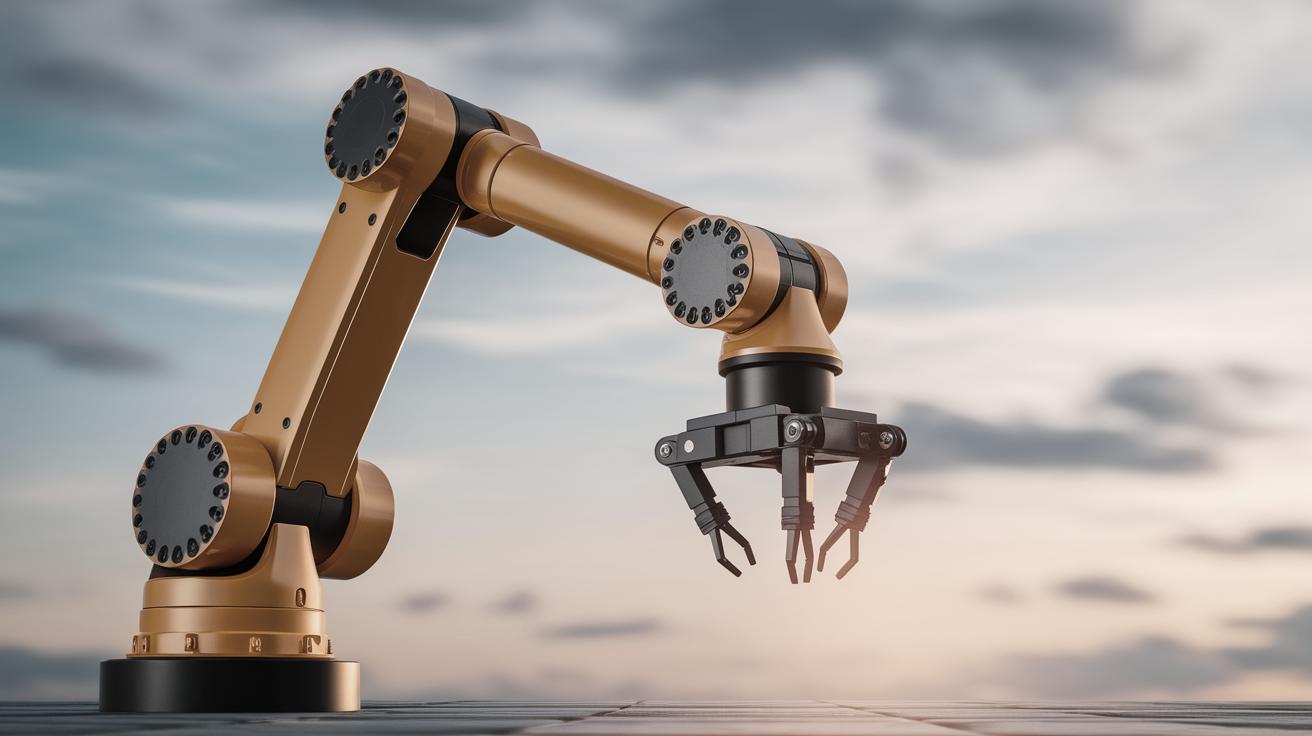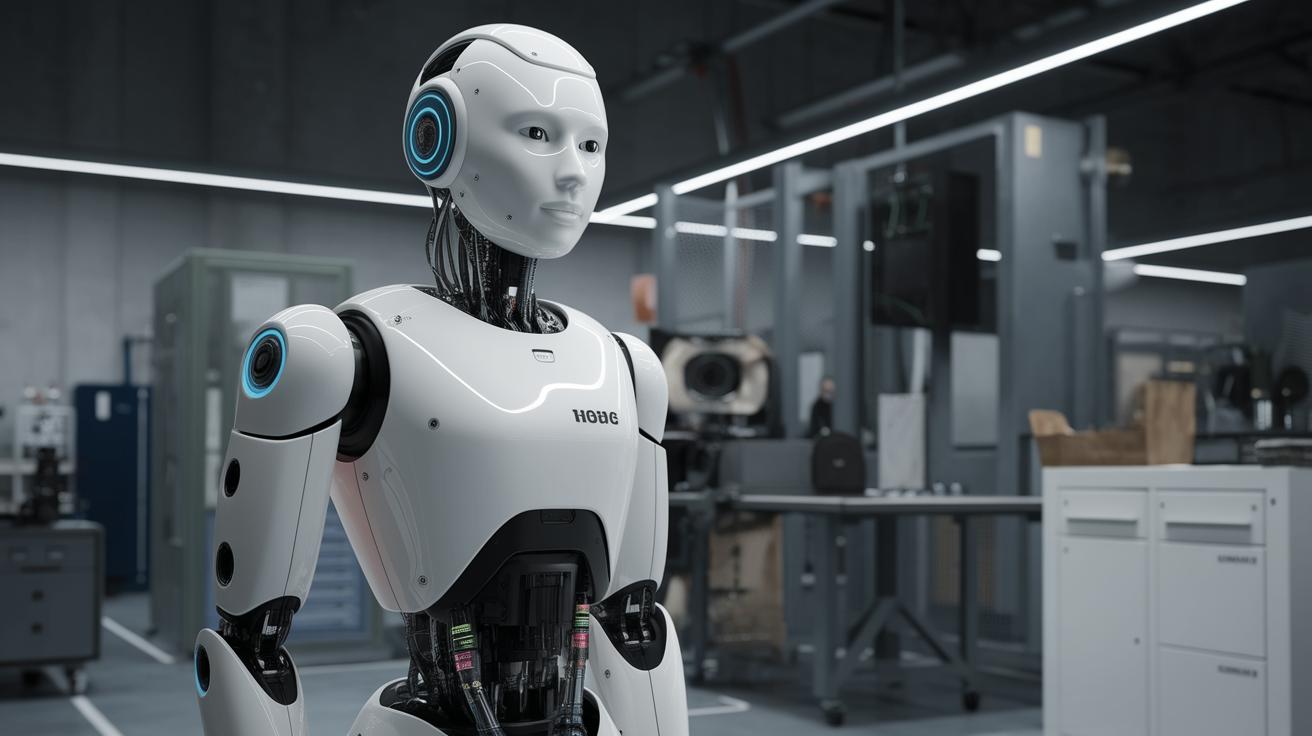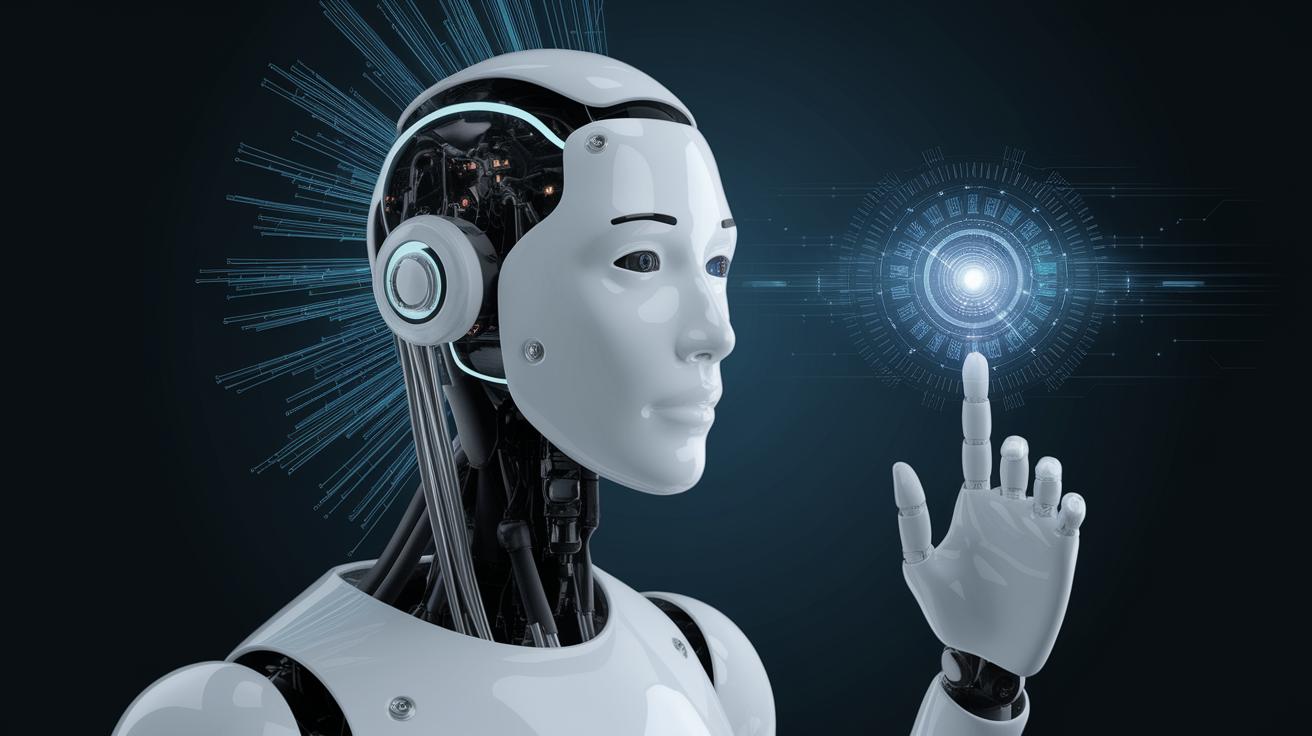Exploring the Intricate World of Robotic Arm Components
In today’s rapidly evolving technological landscape, robotic arms have become indispensable across numerous industries. From manufacturing to healthcare, these mechanical marvels assist with a variety of complex tasks, significantly boosting efficiency and precision. Understanding the fundamentals of robotic arm components is vital for engineers, students, and enthusiasts eager to grasp their designing intricacies. In this article, we delve into the core components that make up a robotic arm, discussing elements such as joints, actuators, sensors, and power sources, while also exploring programming and types of robotic arms. By the end of this blog post, you’ll have a clearer view of what goes into constructing these crucial machines and how they shape the future of automation technologies.
Just Using Robots? Here’s What You Don’t Need to Know
If you’re merely benefiting from robot-aided technology, you might not ponder the complex workings beneath the surface. Operating a robotic arm just as a tool, perhaps in a production line or within a medical setting, may not warrant deep knowledge about its internal components. After all, just like most digital tools, they are designed to make human tasks straightforward and less cumbersome.
However, understanding these robotic structures can elevate user experience and tweak efficiency, equipping operators with the knowledge to troubleshoot minor issues or optimize performance. But for those only using these tools, appreciating their seamless efficiency without diving into technical mechanics might suffice. It’s akin to driving a car without needing to understand how every part functions.
What Are the Basic Parts to Make a Robot Arm?
At its simplest, creating a robotic arm entails assembling fundamental components which emulate the human arm’s dexterity and utility. The basic parts include joints, links, actuators, power sources, sensors, and a control system. Each piece plays a distinct role in imitating the human arm, with joints providing movement, actuators driving force, and sensors offering feedback.
Just like every body part works harmoniously to execute tasks, these mechanical elements collaborate to enhance precision and efficiency. Robotic arms are engineered with specific objectives mind, whether that’s lifting heavy objects, delicately assembling small components, or performing surgeries with millimeter precision.
The 5 Core Parts of a Robotic Arm
1. Joints and Actuators
Joints act as pivot points, providing multiple degrees of freedom that enable the arm to move: up, down, back, forth, and rotationally. These flexible components mimic human joints, such as elbows and shoulders, allowing intricate movements and processes. An actuator is essentially a motor that makes the actual movement happen at these joints.
Actuators are critical as they convert energy into physical motion. They use various energy sources, such as electric, hydraulic, or pneumatic power, depending on the required power, accuracy, and speed of movement. The type of actuator chosen will greatly influence the efficiency, cost, and application field of the robotic arm.
2. Links
Links are the rigid structural components that connect the joints. They provide the necessary length and structure required to carry loads from one point to another. In simpler terms, links are like the bones in a human arm, offering structural support to the entire assembly.
Material selection for links is crucial, affecting the weight and durability of the robotic arm. Typically, lightweight yet strong materials such as aluminum or composites are used to strike a balance between rigidity and easy maneuverability. Links, therefore, ensure the arm remains stable and efficient during operations.
3. Internal Sensors
Sensors serve as the conscience of a robotic arm, gathering information on the surrounding environment and the arm’s internal state. These are essential for achieving precise control and operation. Common types include position sensors, torque sensors, and force-torque sensors.
Vision sensors can further augment the arm’s capabilities by providing external environmental data, allowing it to adjust actions accordingly. Feedback collected by sensors is crucial for real-time adjustments, keeping operations smooth, precise, and contextually aware.
4. Power Source
A power source is pivotal in driving a robotic arm’s movement and functionality. The selected power source must align with the requirements of the actuators and intended tasks of the arm. Common power sources include batteries in the case of mobile robots, or connected electrical, pneumatic and hydraulic systems for stationary setups.
Depending on the application, energy efficiency might be prioritized. Autonomous robotic systems especially rely on robust and sustainable power sources to guarantee uninterrupted operations in remote or constrained environments, ensuring they meet their designed purposes.
5. Digital I/O and Controller
The brain of any robotic arm is its controller, a digital processing unit that runs the algorithms enabling the arm to perform desired actions. In conjunction with Input/Output (I/O) ports, the controller communicates with all parts of the robot, managing data exchange and executing commands.
Developers program the controller to interpret sensory feedback, maintain equilibrium, and execute pre-configured tasks, allowing real-time adaptation to changes in its environment. Whether it’s enhancing manufacturing efficiency or performing delicate surgery, the controller is the linchpin ensuring precision and effectiveness.
How to Program Any Industrial Robot With Any Mechanical Parts
Programming an industrial robot with mechanical parts requires a strategic blend of software knowledge and understanding of the robot’s mechanical properties. Most modern robots utilize languages tailored for robotics, such as Robot Operating System (ROS), which offers a suite of over 500 libraries controlled via simple scripts to robustly handle intricate tasks.
Initial setup generally involves calibrating the robot’s joints and actuators to ensure movements align with programmed commands. Tools like motion simulators can be invaluable for visualizing and refining programming to maximize performance. Achieving effective programming involves iterative cycles of testing and adjustments to ensure precision across task execution.
Main Type Of Robotic Arms – Universal Robots
One of the prominent types of robotic arms utilized in diverse industries is the Universal Robot. With their flexible design and ease of programming, these collaborative robots or cobots excel in tasks that require direct interaction with human operators. Universal Robots provide end-users with the flexibility to perform a wide array of functions ranging from simple pick-and-place tasks to more intricate assembly operations.
Their user-friendly interface and adaptability to various environments make them an asset to many sectors, especially those looking to integrate more automation without extensive overhaul of current systems. From automotive manufacturing to medical applications, Universal Robots exemplify versatility and precision in modern robotics.
Future Prospects
| Component | Description/Achievements |
|---|---|
| Joints and Actuators | Provide motion and flexibility; crucial for precision tasks |
| Links | Structural integrity; lightweight yet durable materials |
| Internal Sensors | Gather essential data; enhance operation precision |
| Power Source | Drives all movement; efficiency critical for performance |
| Digital I/O and Controller | The ‘brain’ of the robot; ensures real-time adaptation |


